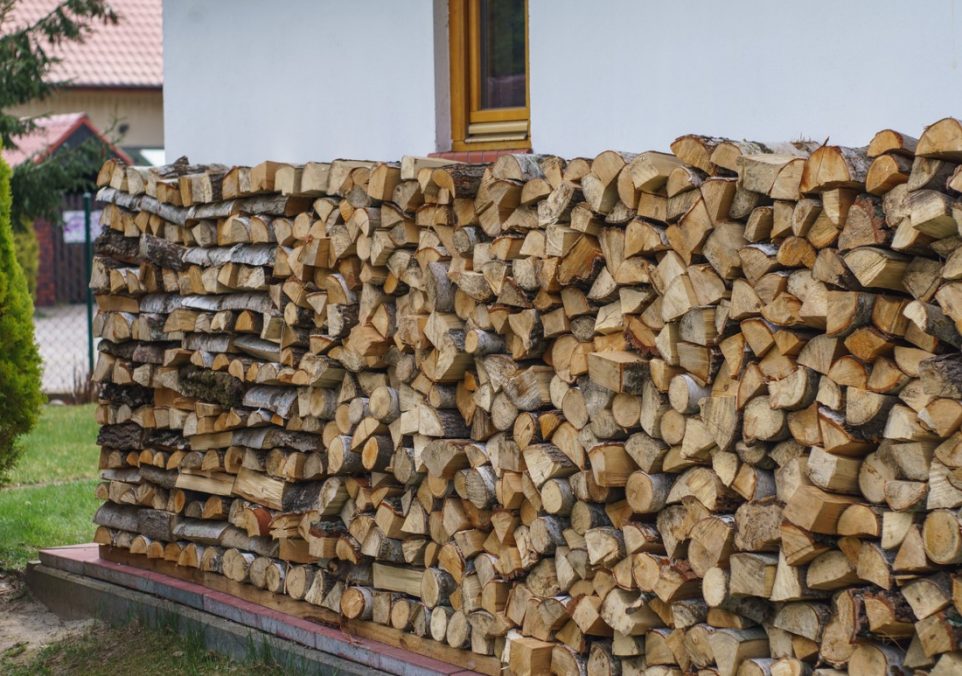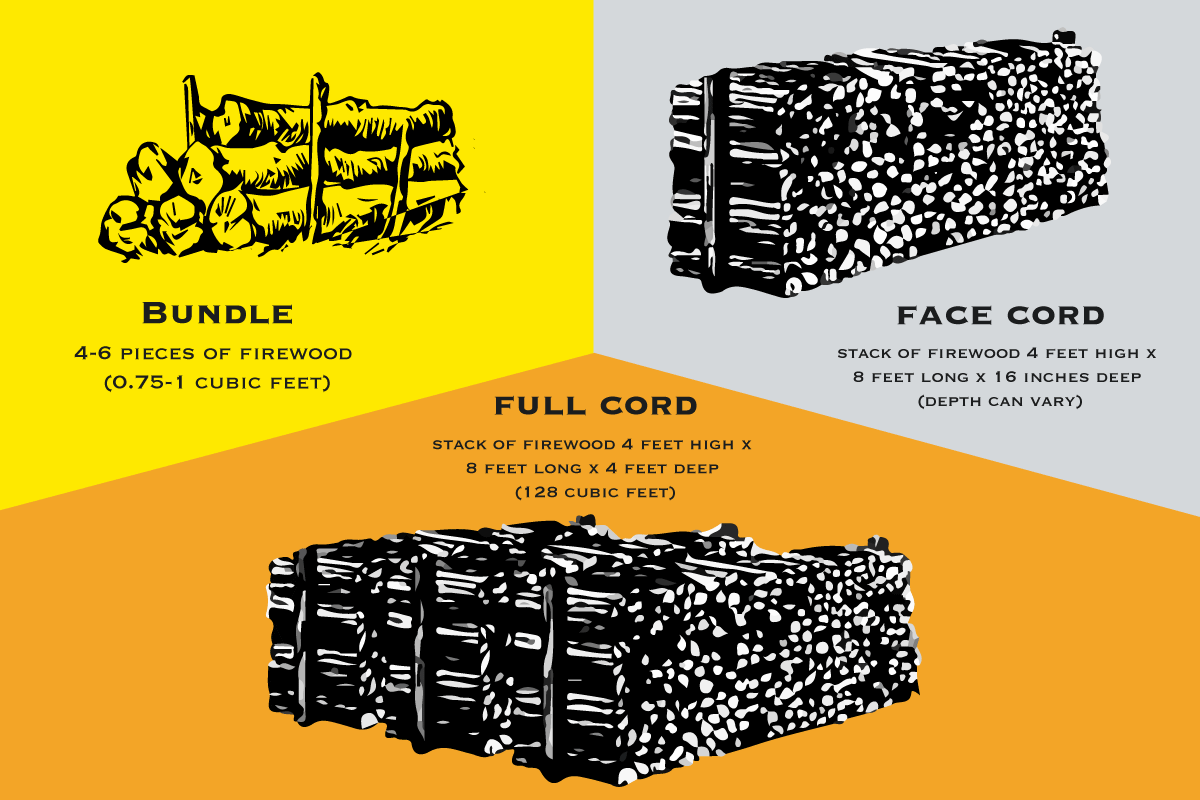Full Cord vs Face Cord of Firewood: What’s the Difference?

When you first start looking into buying firewood, the terms “full cord vs face cord” can feel like learning a new language. At least, that’s how I felt when I first started heating my home with wood. I quickly realized that understanding these measurements was crucial to making sure I got the right amount of wood to keep my home warm through the winter. Trust me, nothing’s worse than running low on firewood in the middle of a snowstorm. So, let’s break down these terms and figure out what you really need to know when you’re out there shopping for firewood.
In simple terms, a cord of firewood is a specific volume measurement. But, not all cords are created equal, and this is where things get a bit tricky. Different regions and sellers may use these terms differently, so knowing exactly what you’re paying for can save you from an unpleasant surprise. Once you get a handle on what a full cord versus a face cord really means, you’ll be better equipped to plan for your heating needs.
Related: 7 Space-Saving Firewood Storage Ideas
Full Cord of Firewood
Let’s start with the full cord, which is the standard measurement of firewood. Picture a stack of wood that is 8 feet long, 4 feet high, and 4 feet deep. That’s what we call a full cord. It’s quite a substantial amount of wood, and when stacked properly, it covers a space of 128 cubic feet. This standard measurement helps buyers and sellers communicate clearly about the volume of wood being bought or sold.
In practical terms, a full cord usually consists of three rows of 16-inch logs. This length is pretty standard for most wood stoves and fireplaces. But keep in mind, the exact dimensions can vary slightly based on how the wood is cut and stacked. It’s important to remember that the volume includes both wood and the air space between logs, so the way it’s stacked can affect the actual amount of usable wood you get.
Face Cord of Firewood
Now, let’s talk about the face cord, which can be a bit more confusing. A face cord of wood is a single stack of wood that measures 4 feet high by 8 feet long, but the depth of the logs can vary. Usually, this is one-third of a full cord if the logs are cut to the standard 16 inches. So, while a face cord might look similar in size to the front view of a full cord, it contains less wood overall.
Because the depth isn’t specified in a face cord, it’s essential to confirm with your supplier the exact length of the logs. If they are cut shorter than 16 inches, you’ll get less wood. It’s always a good idea to ask questions about the size of the logs in a face cord to ensure you’re getting what you expect.
Full Cord vs Face Cord: Which One Should You Choose?

The choice between buying a full cord or a face cord often comes down to your specific needs and storage capacity. If you’re using wood as your primary heat source, a full cord is typically a better option. It provides enough wood to last through a typical winter if you have an efficient wood stove or fireplace. However, if you’re only using firewood for supplemental heating or for a few cozy fires now and then, a face cord might be all you need.
Storage is another critical factor to consider. A full cord takes up a lot of space, so you’ll need to have a dry, accessible area to store it. Many people opt for a face cord if they have limited storage space or if they prefer to buy wood more frequently. Before purchasing, assess your storage options and how often you’re willing to restock your firewood supply.
Buying and Storing Firewood
Before you purchase, there are a few tips that can help you get the best deal and keep your firewood in good condition. First, always buy from a reputable supplier who can provide you with clear information about the amount and type of wood you’re buying. Some sellers might mix different types of wood in a cord, which can affect the burn quality. Ask about the type of wood and its moisture content; seasoned wood burns much more efficiently than green wood.
When it comes to storage, ensure your firewood is kept off the ground and covered but not completely sealed. Good air circulation helps to dry out the wood further and prevents rot. Properly stacked wood will not only last longer but will also be easier to access when you need it.